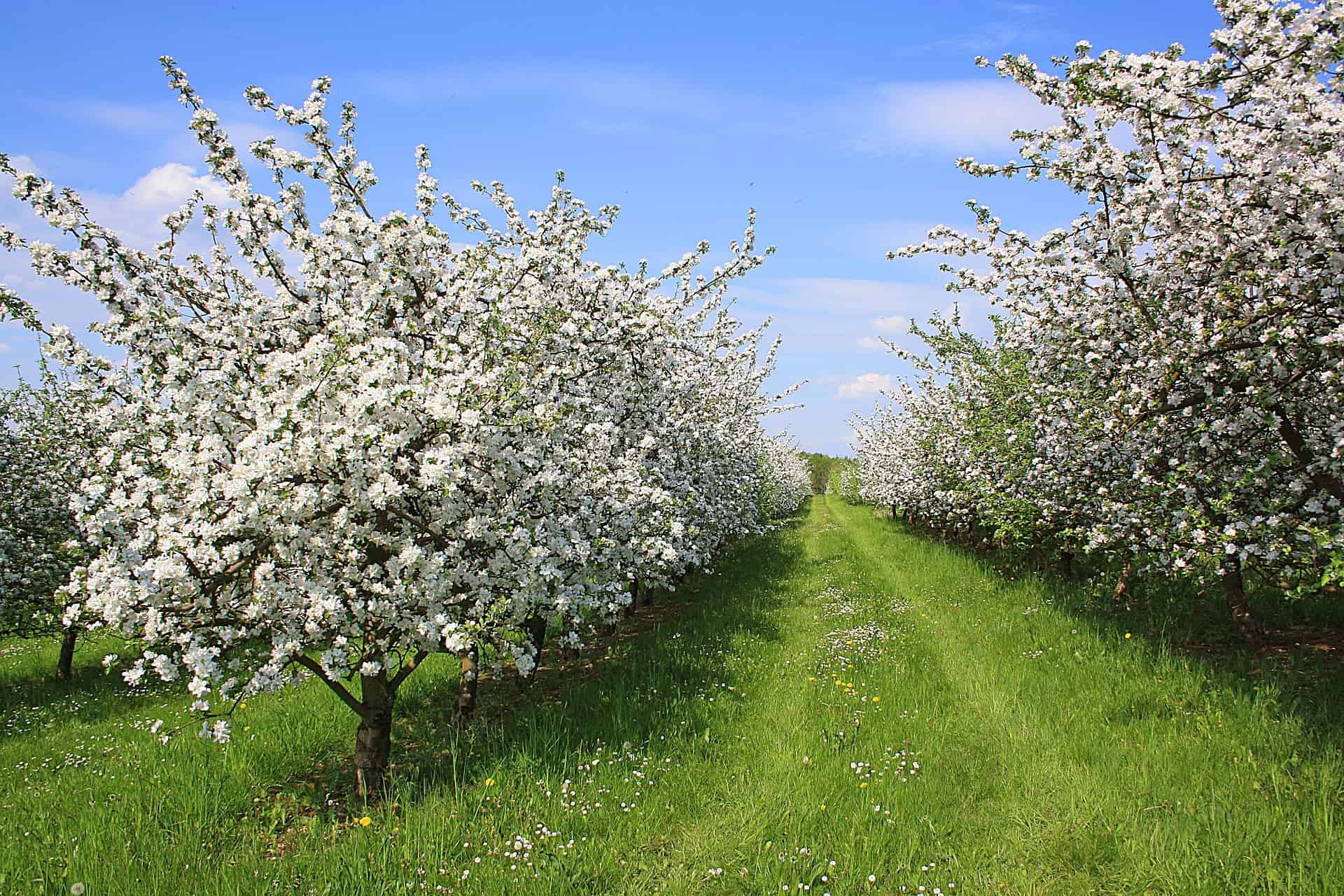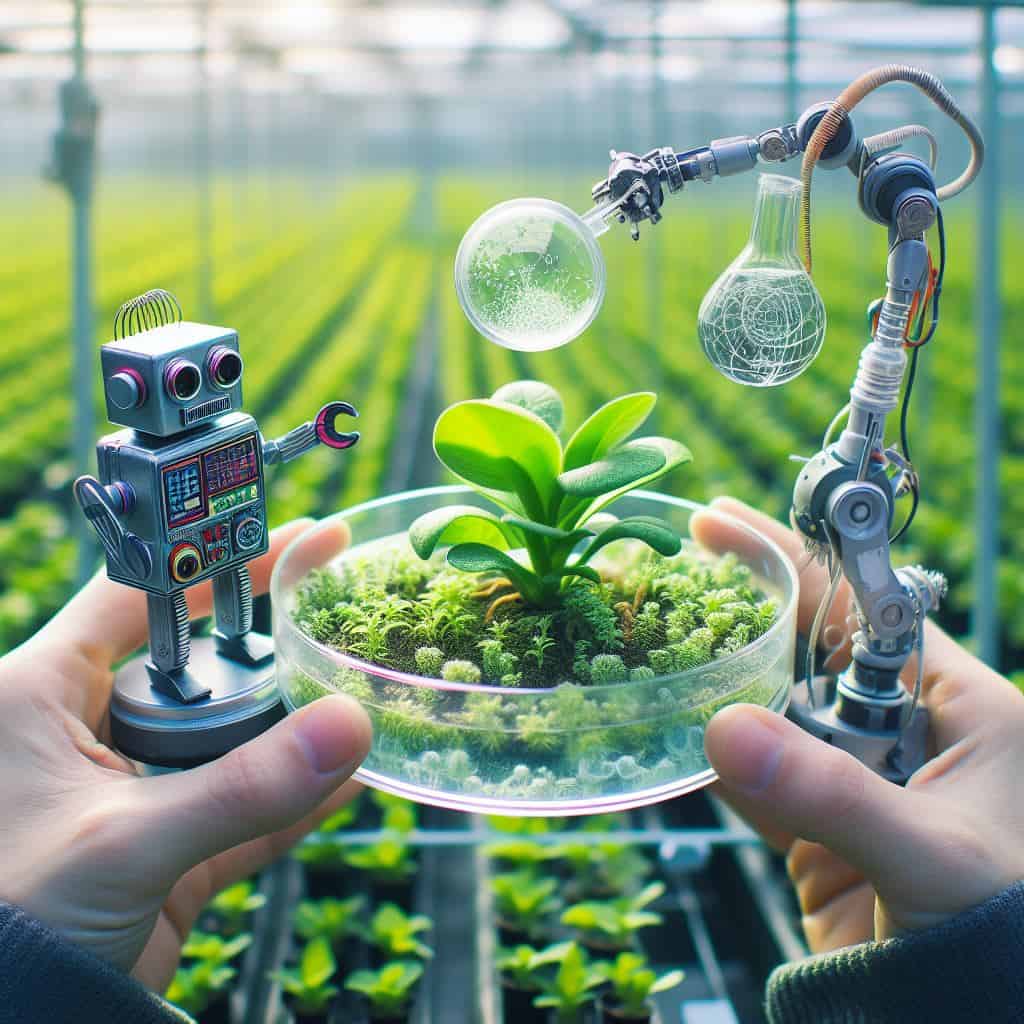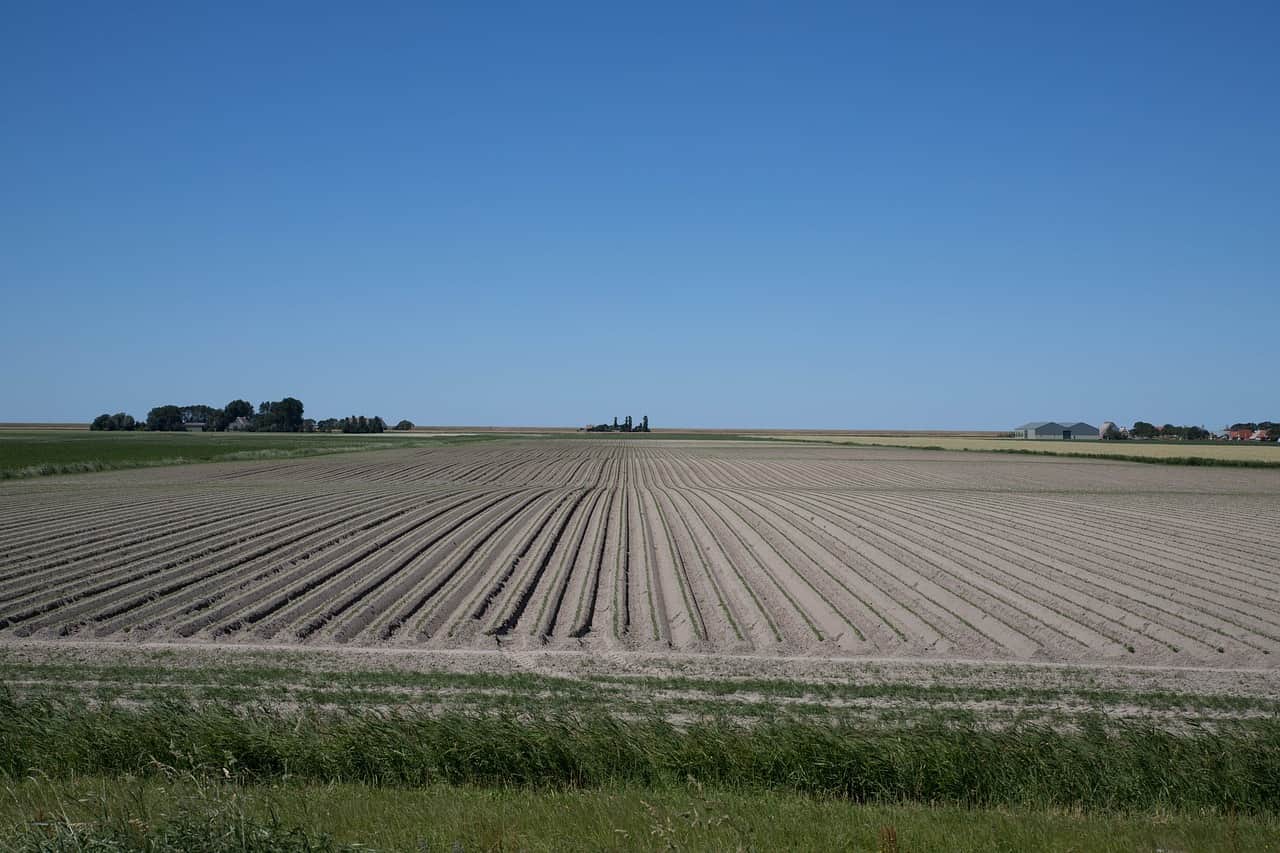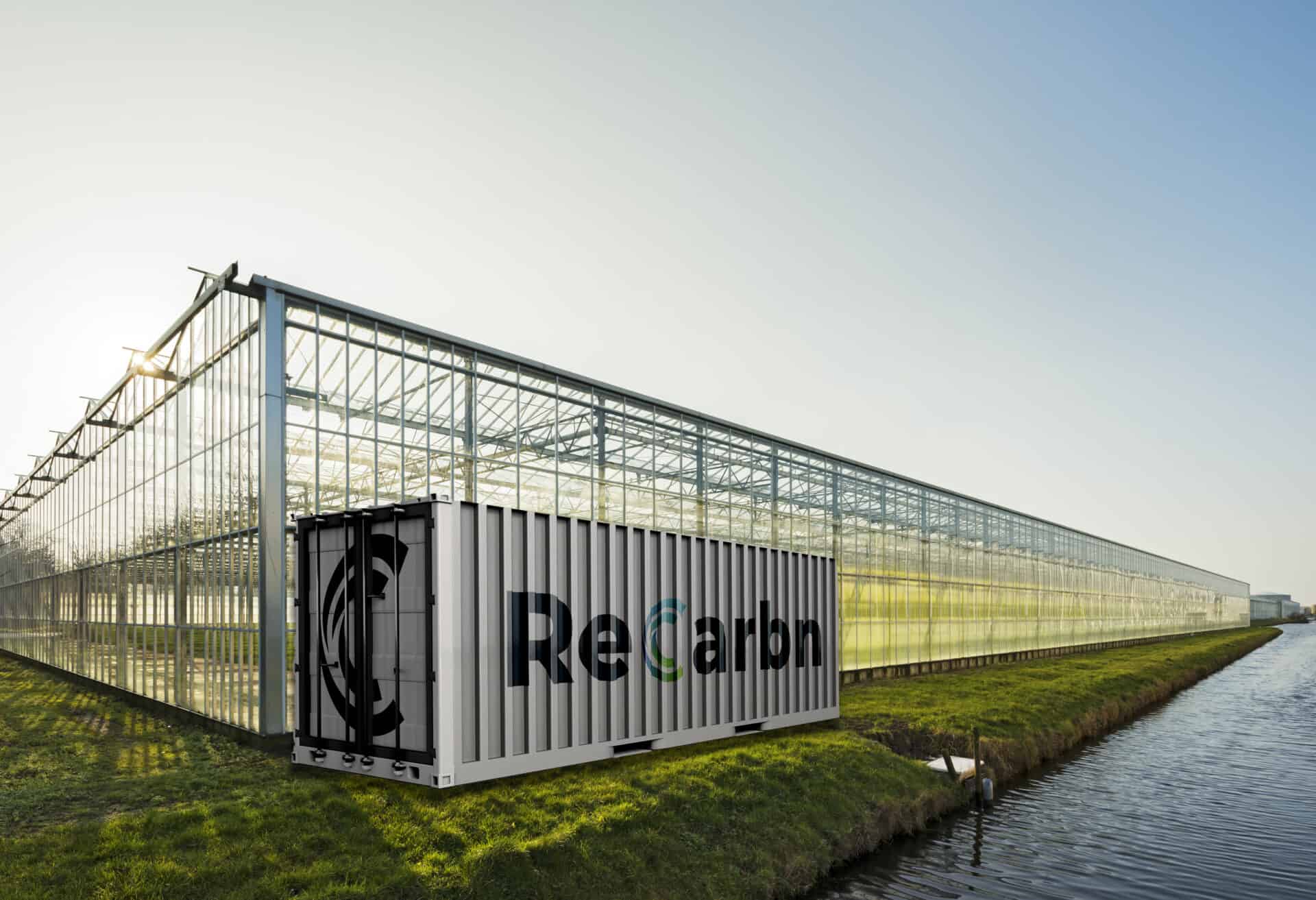
Optimizing crops without the use of pesticides, additional fertilizer or watering is high up on the agenda of the agriculture and horticulture sectors. A group of scientists from three Dutch and Belgian universities now say they have made a small breakthrough. This involves a computer model that is capable of clarifying the growth of plant roots. The results are being published this week in the scientific journal Developmental Cell.
The researchers did not start from scratch. There have been computer models and hypotheses for some time already explaining how a main root and lateral roots are formed. “But all those models all missed the mark somehow,” says Kirsten ten Tusscher, theoretical biologist at Utrecht University in a press release.
The gap between these models and experiments with real plants is pretty wide, according to Tuscher. The model of her and her colleagues from Ghent and Wageningen offers a much more comprehensive and realistic picture.

Plant hormones
Thanks to the new model, it becomes clear how lateral roots emerge from the main root spurred on by the hormone plant group known as auxins. When a main root of a plant grows, the amount of this hormone changes regularly in the tip of the root. The root cells form when the concentration of the hormone is high.
If conditions are favorable, those cells can later grow into a lateral root. The cells that have lower concentrations of the hormone do not develop that capability.
Wave patterns
In the new model those stages, and everything that goes with them, are simulated in minute detail. As Ten Tusscher says, “In our model, we have calculated in detail what the root looks like and how the auxin hormone is transported. The model also details the growth process, where the stem cells are located, as well as the cells that divide quickly, the cells that stop dividing, or stretch themselves out. The model shows the consequences of all these processes interacting.”
In the model, a wavy pattern of the plant hormone and lateral roots developed. After understanding how the wavy patterns formed, the researchers went to work checking whether the predictions from the model were correct. They did this by carrying out a lot of experiments and this proved to be the case after many months of repeated trials.
Better breeding methods
According to the researchers, a greater understanding of root growth will make it possible to grow more targeted crops in the future with root systems that are better suited to the conditions and requirements of a grower. For example, one type of soil has more nitrate and phosphate than another. In certain soils, the roots have to go deep into the earth to find water. While in other soils, most of the nutrients are found on the surface. The computer model can also help perfect this interplay of plant, root, soil conditions and other environmental factors.
Check out our archive for other articles on developments in agriculture and horticulture.







